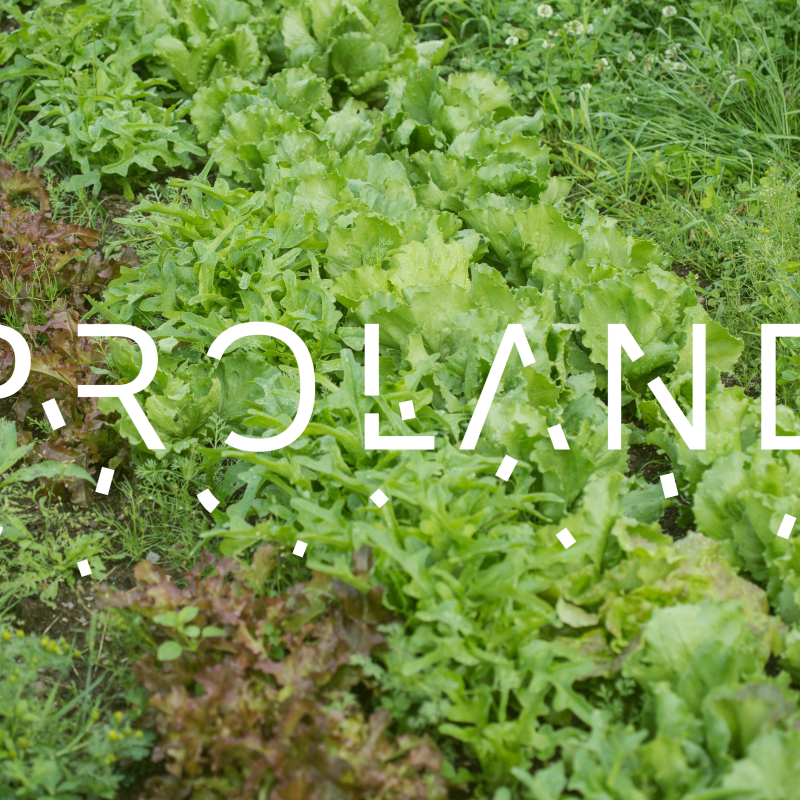Claire Coutris
Forsker
Biografi
Claire er forsker på NIBIO siden 2013. Hun har en doktorgrad i miljøkjemi og økotoksikologi fra NMBU og en mastergrad i økologi og økotoksikologi fra Universitet i Toulouse (Frankrike).
Claire er opptatt av å forstå hva som skjer med miljøgifter som havner i jord som følge av menneskelig aktivitet (f.eks. ved bruk av avløpsslam, biorest og plantevernmidler i landbruksjord). Hvor fort brytes uønskede stoffer ned i jord? Hoper de seg opp i planter og i jordorganismer (f.eks. meitemark)? Hvor giftige er de for jordlevende organismer og planter og hva er miljøgiftenes effekter?
Arbeidet inkluderer lab- og feltforsøk, bruk av metoder og instrumenter for å spore miljøgifter og deres effekter på jord og jordorganismer, og samarbeid med andre faggrupper (f.eks. organisk og uorganisk kjemi, molekylærbiologi, mikroskopi).
Sammendrag
Funn fra PROLAND: Soppmidler og mikroplast i jorda Forskerne i PROLAND-prosjektet har undersøkt hva som skjer når soppmidler enten adsorberes på bionedbrytbar plastfolie som blir pløyd ned i jorda, kontra at de blandes direkte i jorda. Har dette noe å si for nedbrytningen av soppmidlene? Forskerne har fulgt nedbrytningsforløpet til tre soppmidler tillatt i norsk landbruk, og har nå svaret… Vi får også et unikt innblikk i hvordan meitemarken – naturens egen jordbearbeider – påvirkes av mikroplast. Hvor lang tid tar det for eksempel før en mikroplastpartikkel passerer gjennom meitemarkens tarm? Temaet er kanskje lite delikat på selveste valentinsdagen, men passer utmerket for oss som er nysgjerrige på mikroplastens mobilitet i jorda.
Forfattere
Claire CoutrisSammendrag
Det er ikke registrert sammendrag
Sammendrag
Hvordan kan man klare å produsere mest mulig biogass og samtidig sikre en biorest av upåklagelig kvalitet?

Divisjon for miljø og naturressurser
PROLAND – Protecting agricultural lands from plastic pollution
PROLAND addresses the sources of plastic pollution in agricultural soils: sewage sludge, compost, biogas digestate, agricultural plastics, and atmospheric deposition. The project unfolds pressures of plastic and associated chemical hazards by analyzing their levels in soils and conducting fate and impact studies. It deploys cutting edge “design thinking” methods to co-develop measures for pollution prevention.

Divisjon for miljø og naturressurser
PROLAND – Beskytte landbruket mot plastforurensning
I PROLAND undersøker vi kilder til plastforurensning i landbruksjord: avløpsslam, kompost, biorest, landbruksplast og avsetninger fra atmosfæren. Konsentrasjoner av plast, plasttyper og additiver knyttet til plast skal kvantifiseres i landbruksjord fra ulike områder. Videre skal det vurderes hvilke risikoer mikroplast, plastadditiver og plantevernmidler utgjør for jordøkosystemet.

